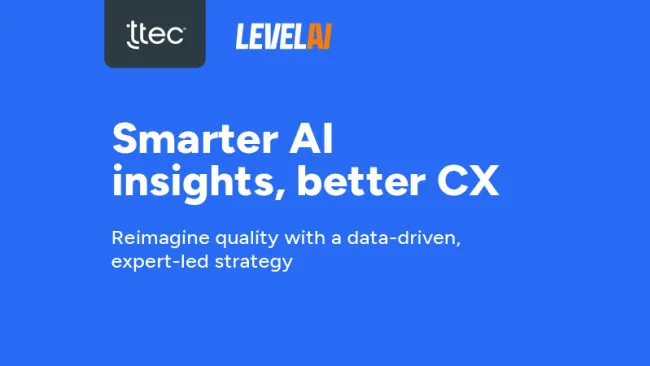"Of all the things I could talk to you about, what should I talk to you about?" The quote from eBay 's Zoher Karu summed up what most people were looking to learn at this year's Direct Marketing Association (DMA) conference, held recently in Boston.
The DMA annual marketing conference, rebranded as "&Then" this year, is deeply rooted in data-driven direct marketing strategies and tactics. Attendees are looking to crack the code to developing marketing programs that engage customers while improving business results. This year, everywhere you turned there was information about how to use data to influence personalization, and more importantly, to be personal.
Personalization and being personal are two distinct things. One can be automated to a point with micro-segmentation based on individual needs, behavior, and value. The other relies on relationship building and empathy to add a human element to customer interactions. Karu, vice president of customer optimization and data at eBay, co-hosted a packed session called “Inspiration at Scale”, for example. He discussed how understanding individual lifestyle elements will lead to truly inspirational relationships. "If I understand what you're passionate about, I can inspire you," he told the audience. His team employs predictive modeling and other analytics tools to understand the customer DNA, which he defines as an amalgam of attitudes, behavior, demographics, interests, and value.
For example, eBay can infer your lifestyle based on products you shop for. Someone who buys (or just searches for) a mountain bike, camping equipment, hiking gear, and other like items can be treated more personally with relevant outdoor lifestyle notifications or seller connections. Karu explained that the analysis can get much more granular to decipher insights from less obvious information, such as how long a person stayed on a particular page or other product purchase combinations. In order to be more personal, his team works in three-person, cross-functional pods consisting of marketing, analytics, and research to identify new insights and what personal actions to take based on them. "The data team and the marketing team are embedded to succeed together," he said.
For all its benefits, one danger of personalization is lack of awareness. Bill Kinneman, senior director of marketing analysis and customer insights at the Gilt Groupe, found that all the personalization his company did went unnoticed, because customers didn't perceive its value. "We weren't explicit about the fact that we were personalizing," he told a group during a session. "When we talked to customers, they didn't perceive personalization at all, even though we did a ton."
To solve the problem, he took an all-hands-on-deck approach to the customer experience. "You can't consider it a marketing problem," Kinneman said. Customer service, IT, finance, and the executive team all need to be involved in improving personalization to "get personal." He suggested that companies actively encourage customers to share new information about themselves with each interaction, rather than all at once when they first become customers. They will provide information if there is an exchange for more value, and you must make sure you can deliver on promises made in exchange for the information, such as priority shipping or other incentives. Kinneman, who previously worked at Rent the Runway, explained that shoppers willingly shared their body measurements in exchange for images of like-shaped customers wearing outfits, to help would-be renters decide which outfit might fit best. This type of insight is critical to improve the overall relationship by being more personal, not just offering personalization technology. He called this approach "smart personalization".
These were just some of the many topics discussed at the show. It represents the fact that marketers and businesses as a whole understand that an evolution toward personalized relationships is required to meet the needs of today's and tomorrow's customers. The one constant from the event is that customer intelligence analytics is the lynchpin to any of these strategies, and those who can harness and harvest it, in marketing and beyond, will be the ones setting the trends for the future.
Also, check out the most recent issue of our eNewsletter.
DMA Conference Contrasts Personalization With Being Personal















